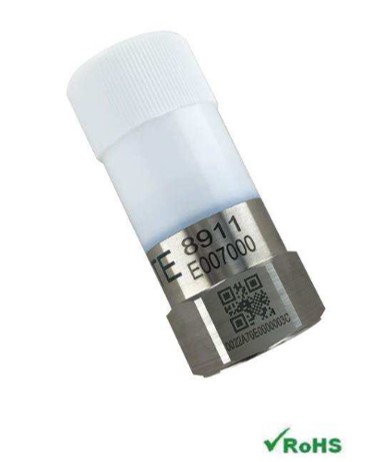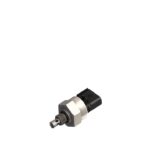The Industrial Revolution or what we might call Industry 1.0 started over 250 years ago. In 1771 Richard Arkwright, today known as Father of the Factory System, used water to power the first fully automated spinning mill. One hundred years later, the automotive assembly line initiated the Second Industrial Revolution or Industry 2.0 with significantly increased output and lower production costs for complex products.
While sensing was the responsibility of the operator or a manufacturing engineer in Industry 1.0 and relied on a few electromechanical devices in Industry 2.0, it wasn’t until another 100 years passed that Industry 3.0, the Third Industrial Revolution, brought a dramatic increase to sensors’ role in factory automation. With digital logic in programmable logic controllers (PLCs) and later the widespread use of microelectromechanical systems (MEMS) based sensors, Industry 3.0 was considerably different than Industry 2.0.
Today with Industry 4.0 and the Internet of Things (IoT), there are many aspects that differentiate this latest era from its predecessor and sensing is an integral part of the differences. Instead of only providing feedback for process control, sensors help determine the need for and timing of maintenance and repairs that previously were totally disruptive to the manufacturing process. To be easy to implement, these battery-powered sensors use wireless technology.
An example of sensing for predictive maintenance in Industry 4.0 is TE Connectivity’s 8911 Wireless Accelerometer for Proof of Concept (POC). Designed for predictive maintenance and conditioning monitoring in industrial applications, the 8911 in its 1.25” (31.75 mm) x 3.1” (78 mm) package combines a sensor, data collector, digital signal processor and radio into a battery-operated device that measures both vibration and temperature data.
The ±50g, single axis piezoelectric accelerometer uses the LoRaWAN™ communication protocol operating from 868/915 MHz. Digital signal processing in the 8911 provides fast Fourier transform (FFT) analysis of the vibration signature. Output data includes the center frequency, peak value, bandwidth and percent of the total spectral content for the eight most significant acceleration peaks in the vibration signal.
“What Industry 4.0 is doing is it’s basically connecting all of those devices in the factory,” says John Tuley from IoT Business Development -Sensor Solutions at TE Connectivity. “You’re starting to see that rapidly deployed in a lot of factories today.”
The discussion with John Tuley continues in Part 2 of this blog.

